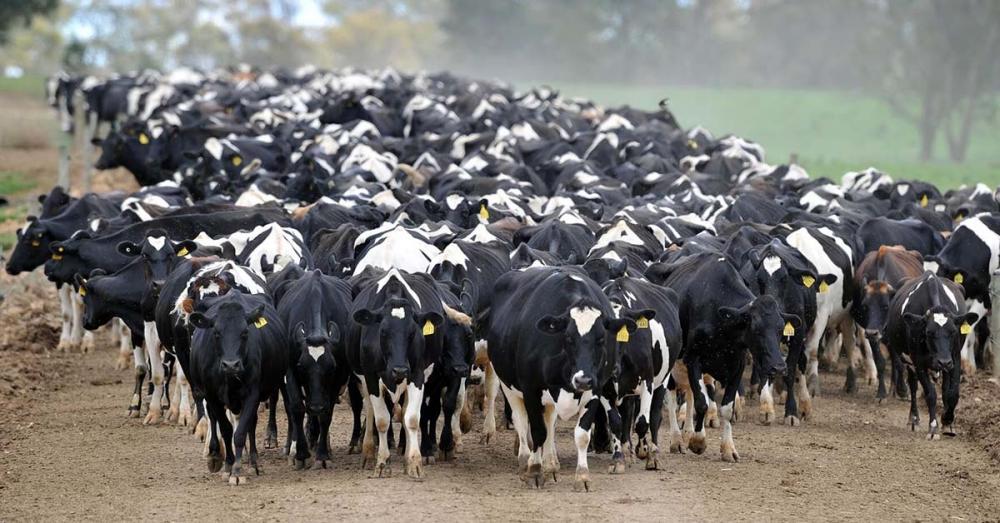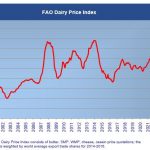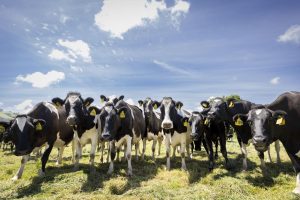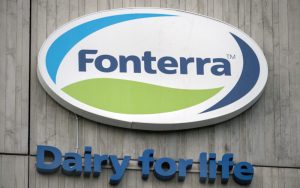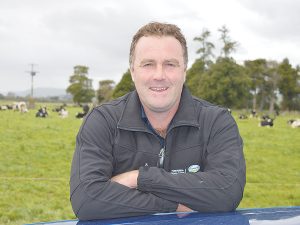
The DairyNZ 2019-20 Economic Survey showed that average operating profit jumped 28% on the previous season to $2750 per hectare, while milk solids per cow and hectare were at their highest level to date.
The annual survey analyses a representative sample of farmers, surveying 326 owner-operators and 124 50:50 sharemilking farms across New Zealand.
DairyNZ chief economist Graeme Doole said the increase was a result of the milk price increase combined with historically high levels of milk production.
“We are producing more than we ever have – the [milk] price is high and it’s been even higher this year.
“This on-farm success results in a strong contribution to the New Zealand economy, delivering around $20 billion in export value, while employing around 50,000 people on and off farm.”
The survey period covered the time when the country went into lockdown due to covid-19. The financial result showed the importance of the role the dairy sector played over that period, he said.
“It played a very important role in the economy but also the regional community. We know that for every dollar of profit on a dairy farm, we know there’s another $1.50 added on to the local community.”
The high milk production was caused in part by a high level of supplements used, making up the largest portion of farm expenditure at 27.2%. PKE imports, however, decreased nearly 4% from 1.89 million tonnes to 1.82m tonnes in the year to June 2020.
Operating expenses increased 21 cents to $5.31/kg MS, which is above the previous high of $5.17 reported in 2013-14.
The increase in costs was not enough to erode operating profit because of farmers’ spending efficiency, Doole said.
“Farmers did spend more but they still did so efficiently, given that the milk price was higher.
“You have a milk price that is 60c higher than the season before, plus farmers have spent 4c less per dollar to produce a dollar of revenue. Even though they have spent more, there’s been an efficiency gain for that year.”
The survey’s operating profit margin – which shows how many cents profit is earned per dollar of revenue – was 26c for 2018-2019 and 30c for 2019-2020.
“They were more efficient plus there was a higher pay out, plus they produced more, 50kg MS/ha. Those three things together were enough to make an excellent operating profit.”
Operating expenses over the past four seasons have lifted by $1400 a hectare or 27%, but profits have more than matched those increases, he said.
However, that profit is going to come under increasing pressure as milk prices ease, GHG emission legislation kicks in and nitrogen fertiliser limits start to take effect.
“They’re really going to put pressure on that profit signal. That’s going to be the challenge.”
Sharemilkers also experienced a good year, recording a 35% increase in operating profit on the previous season to $1050 per hectare, while faced with similar cost changes, price volatility and weather conditions.
Looking ahead, all indications are that the 2020-2021 season was looking even more positive, Doole said.
Milk production was up by 2% and the average milk price was 25c higher. Doole is predicting average milk solids per hectare to be higher than this farm survey and operating profit per hectare to be $500 higher.
Operating expenses are predicted to be similar to the numbers in the survey and the higher milk price will push up that operating profit, he said.
